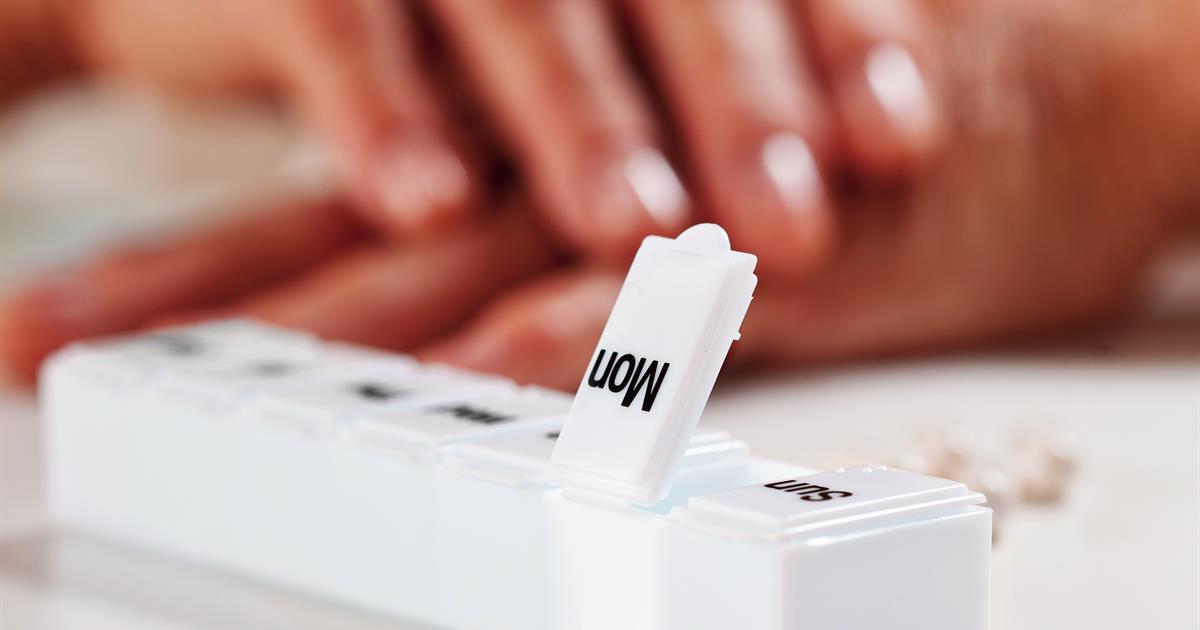Ways To Treat And Prevent A Charley Horse
A sudden, intense pain experienced in a muscle could very well be a charley horse. This is a type of muscle spasm that occurs whenever fibers in the muscle contract randomly. They can be reasonably uncomfortable cramps that result in mild to intense pain. A charley horse often goes away after a few seconds, but they can last long enough to make daily tasks difficult. Charley horses are particularly unpleasant if the individual suffers from recurring charley horses that happen multiple times a week. Thankfully, there are quite a few things patients can do to reduce the pain of a charley horse and prevent them from recurring. Get to know these treatment and prevention options now.
Stretch And Massage The Area

This method works best when patients are dealing with a charley horse triggered by exercise. Individuals who get a sudden spasm while running, swimming, biking, or performing other exercises, should stop what they are doing immediately and begin to stretch and massage the area. Begin the treatment by firmly massaging wherever the charley horse is occurring. This should help the muscles stop cramping almost immediately. As the muscles start to loosen up, the individual can move to less firm massaging that goes along the entire length of the muscle where the charley horse is appearing. Once the cramp is gone, the patient may notice the area feels a little sore and stiff. They can do some stretches to alleviate this. Charley horses are most common in the legs, so individuals should consider options like bending over slow to touch their toes or bending their leg backward until their foot touches their bottom. They can also gently lean from side to side and front to back to stretch core muscles, or pull their arm across their chest to stretch arm muscles.
Get to know the next treatment option for a charley horse.
Take Medication

The medication a patient takes for a charley horse will depend on how frequent and severe their condition is. For mild spasms, doctors will normally start by suggesting over-the-counter painkillers like ibuprofen. These help block the pain signals the body creates during a muscle spasm. However, for more severe issues with charley horses, patients may need options that address the root of the problem. Medications called antispasmodics help prevent muscles from contracting. A prescription for antispasmodics is necessary, so patients should talk to their doctor if they think it could help. Keep in mind both painkillers and antispasmodics will not immediately provide relief for charley horses. It can take about a half hour for a painkiller to kick in, and antispasmodics may not be entirely effective until one to two hours after being taken. This means they are a better option for treating recurring charley horses instead of the occasional random spasm.
Learn more about treating and preventing charley horses now.
